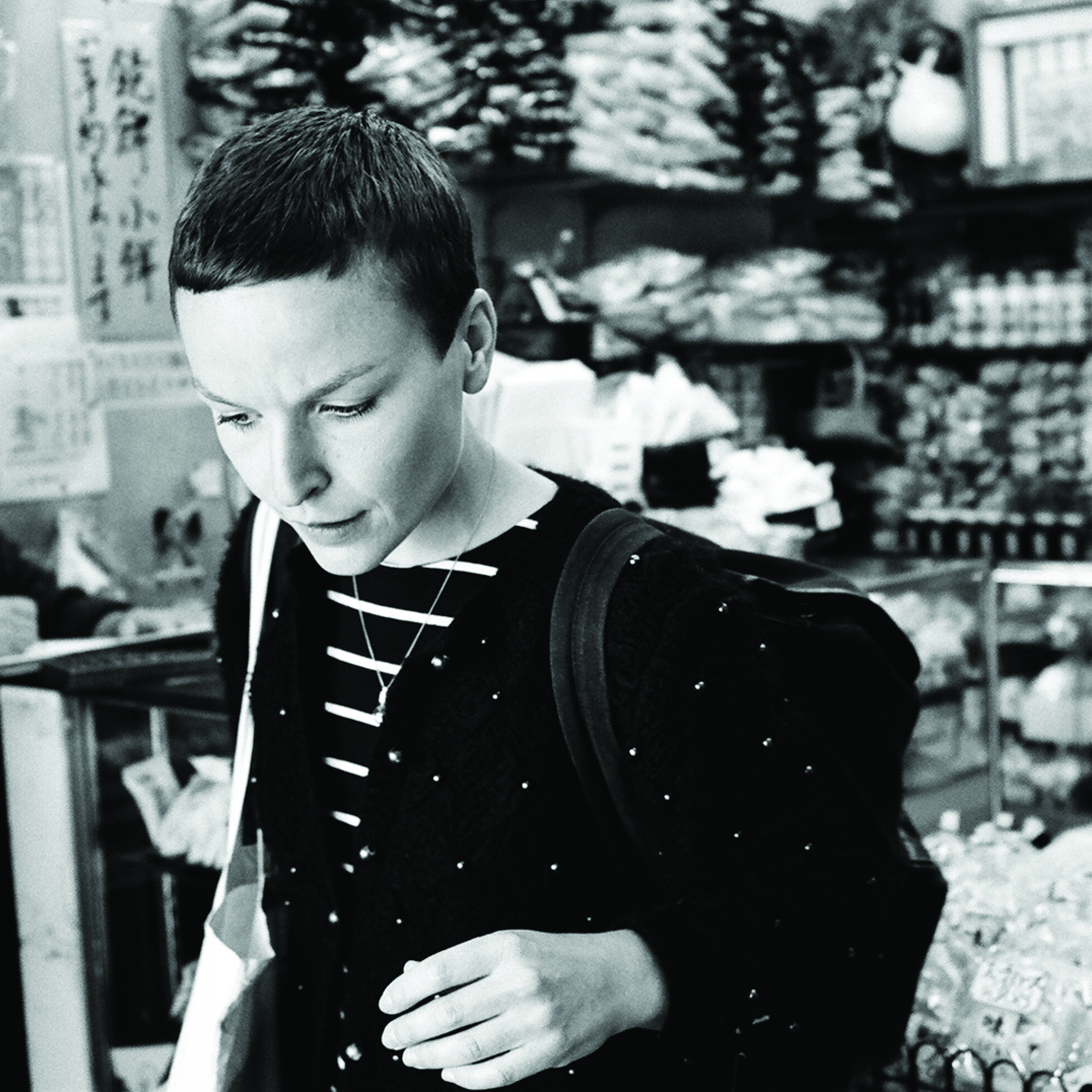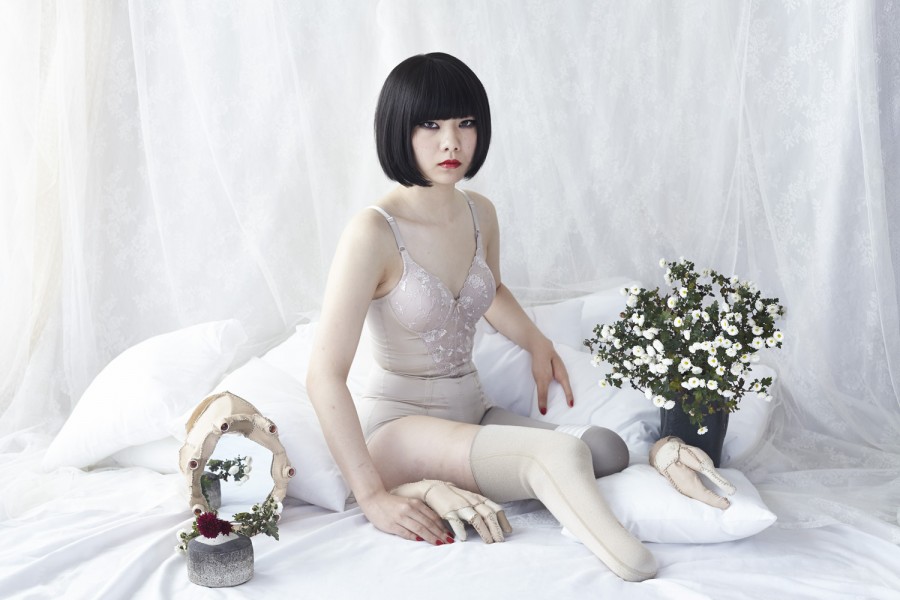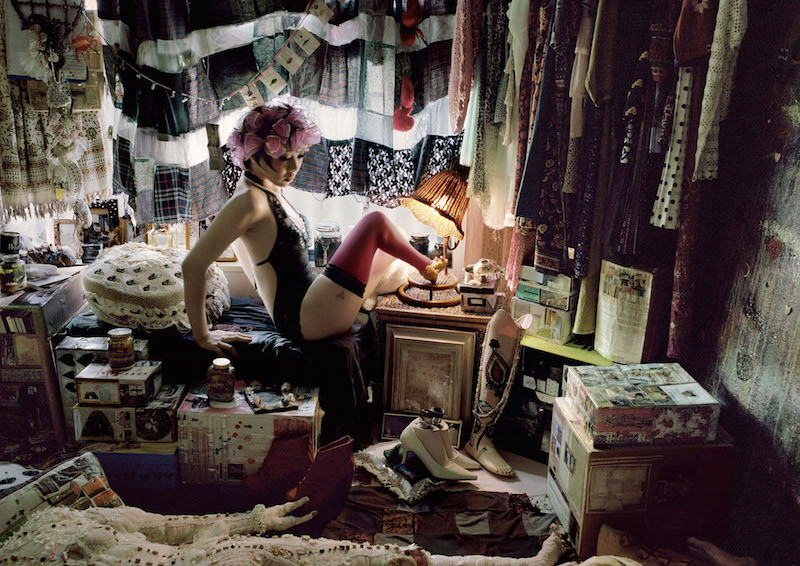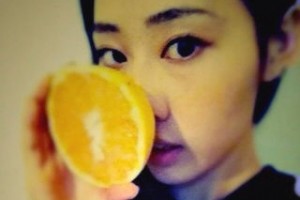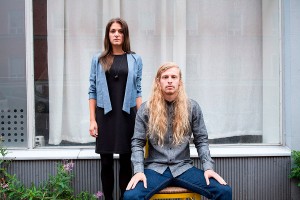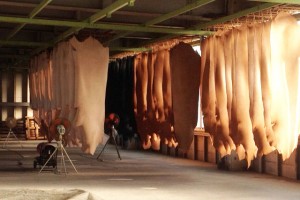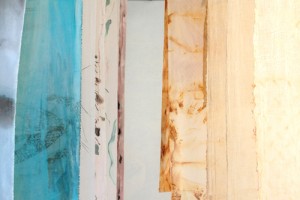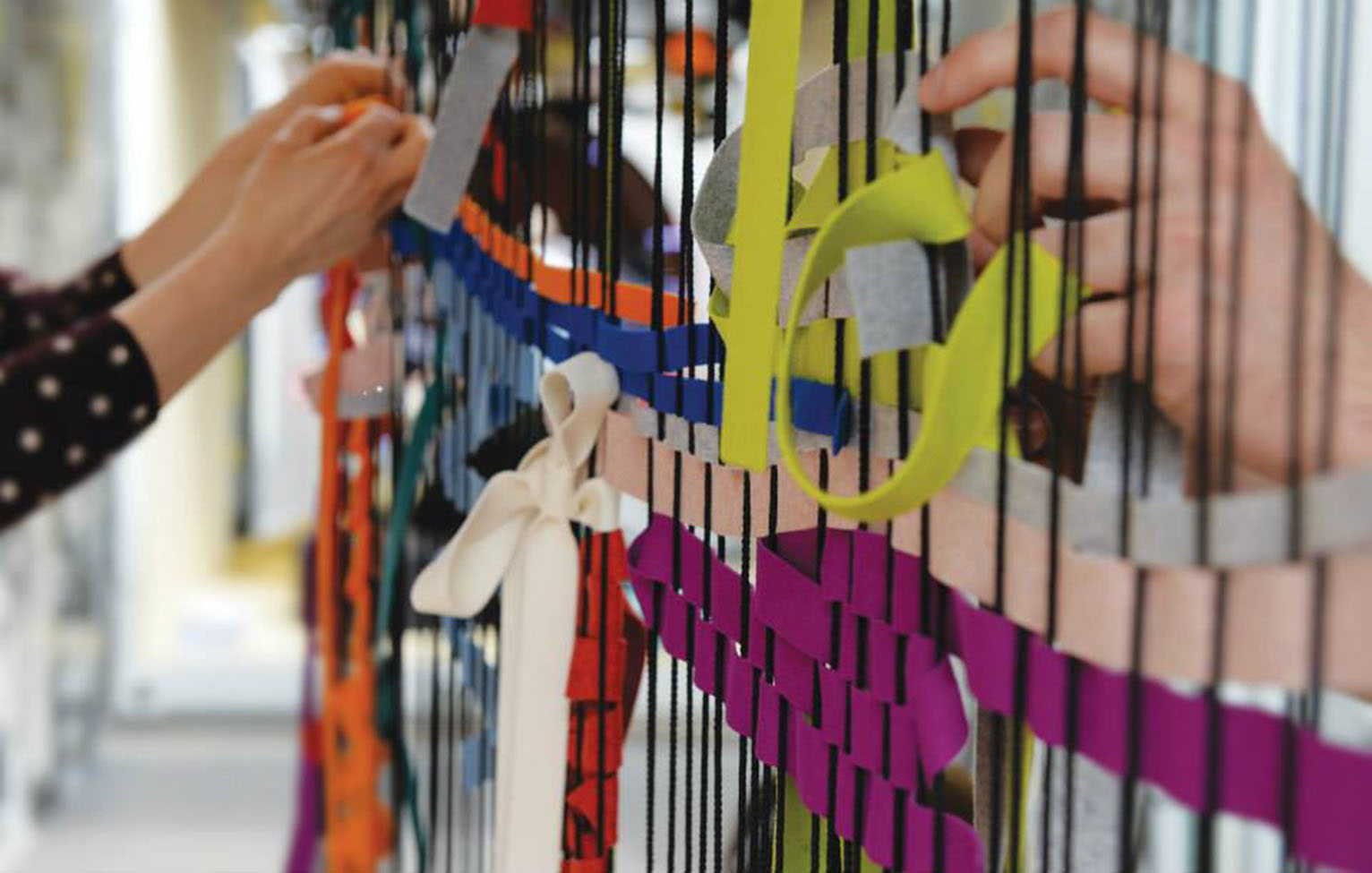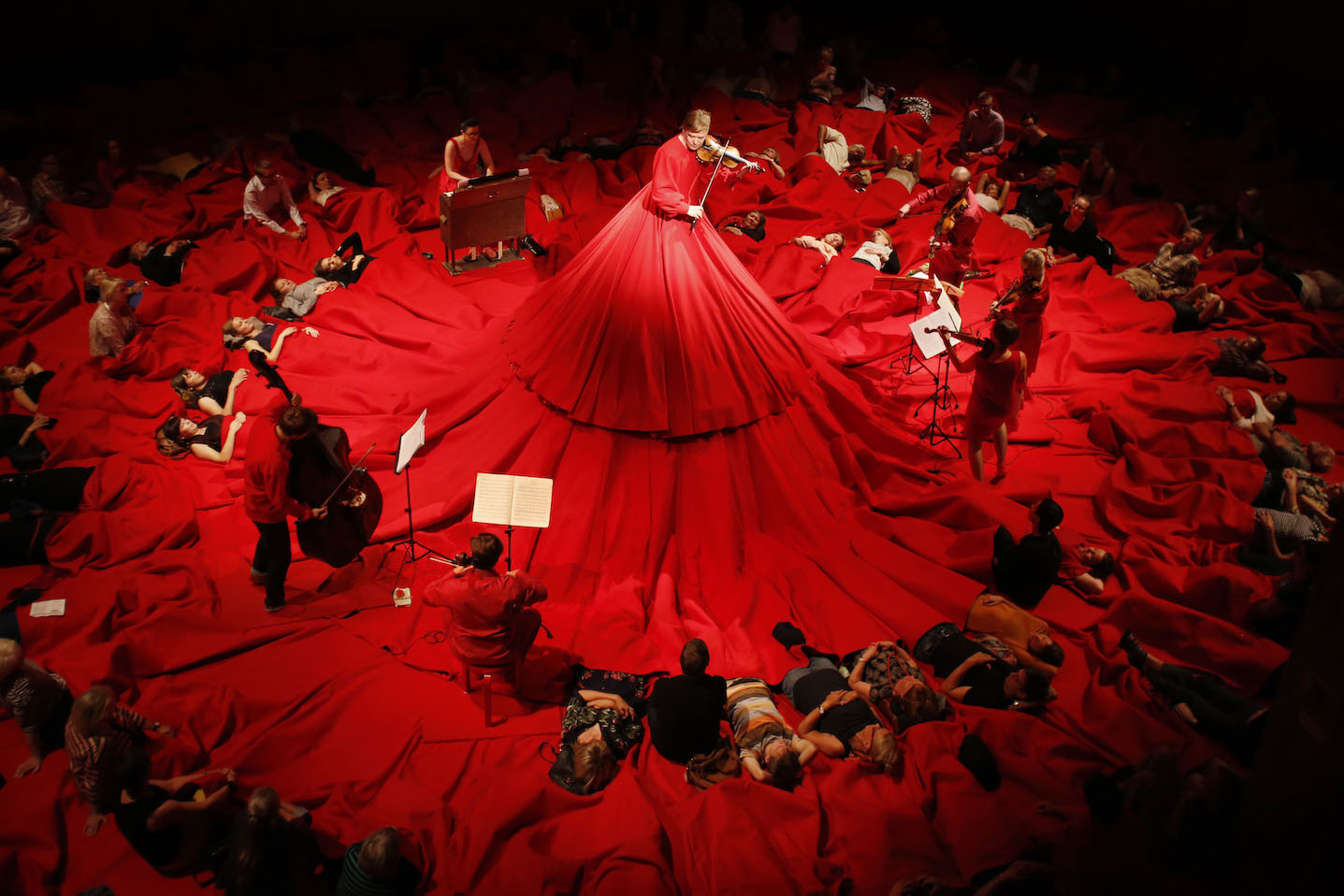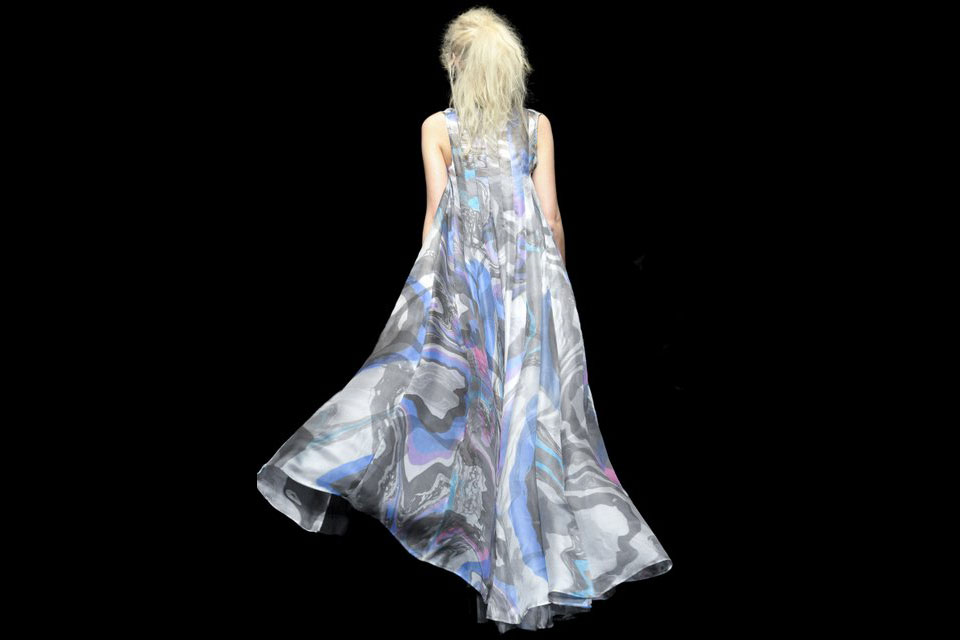For almost 10 years, I have worked to gain insight on and an understanding of our skills and strengths in a European context when it comes to textile craft and production. My big passion lies in exploring the merger of craft and design thinking, because I think it can be a way to uphold and infuse local traditions and production with renewed relevance.
Work x Shop
In June 2015, I visited COMPANY´s new studio and shop called Work x Shop in the centre of Helsinki. I really liked the fact that, by entering the space, I was invited in not only to a shop where COMPANY sells it existing designs but also the place where it develops new ones. COMPANY gives the customers the chance to see how its designs are created and to hear the stories behind the products from the designers. For me, it was especially interesting to hear something about Johan Olin and Aamu Song’s collaborations with craftsmen.
When I visited the Work x Shop, they told me that the costumes they were making at that moment were for Secrets of Northern Japan, their latest Secrets of. . . . project, which was to be presented at the Aomori Museum of Art in August 2015. I had a three-week textile research journey to Japan planned for the summer, and I decided to travel to Aomori to attend the opening of the exhibition.
Aomori Museum of Art
COMPANY had been invited by the Japanese artist Yoshitomo Nara to make a contribution to the project called PHASE, which has been taking place at the Aomori Museum of Art since 2014. Through PHASE, young, talented artists from Japan and abroad are invited to create projects and exhibitions with the purpose of maximizing the potential of the exhibition space at the Aomori Museum of Art.
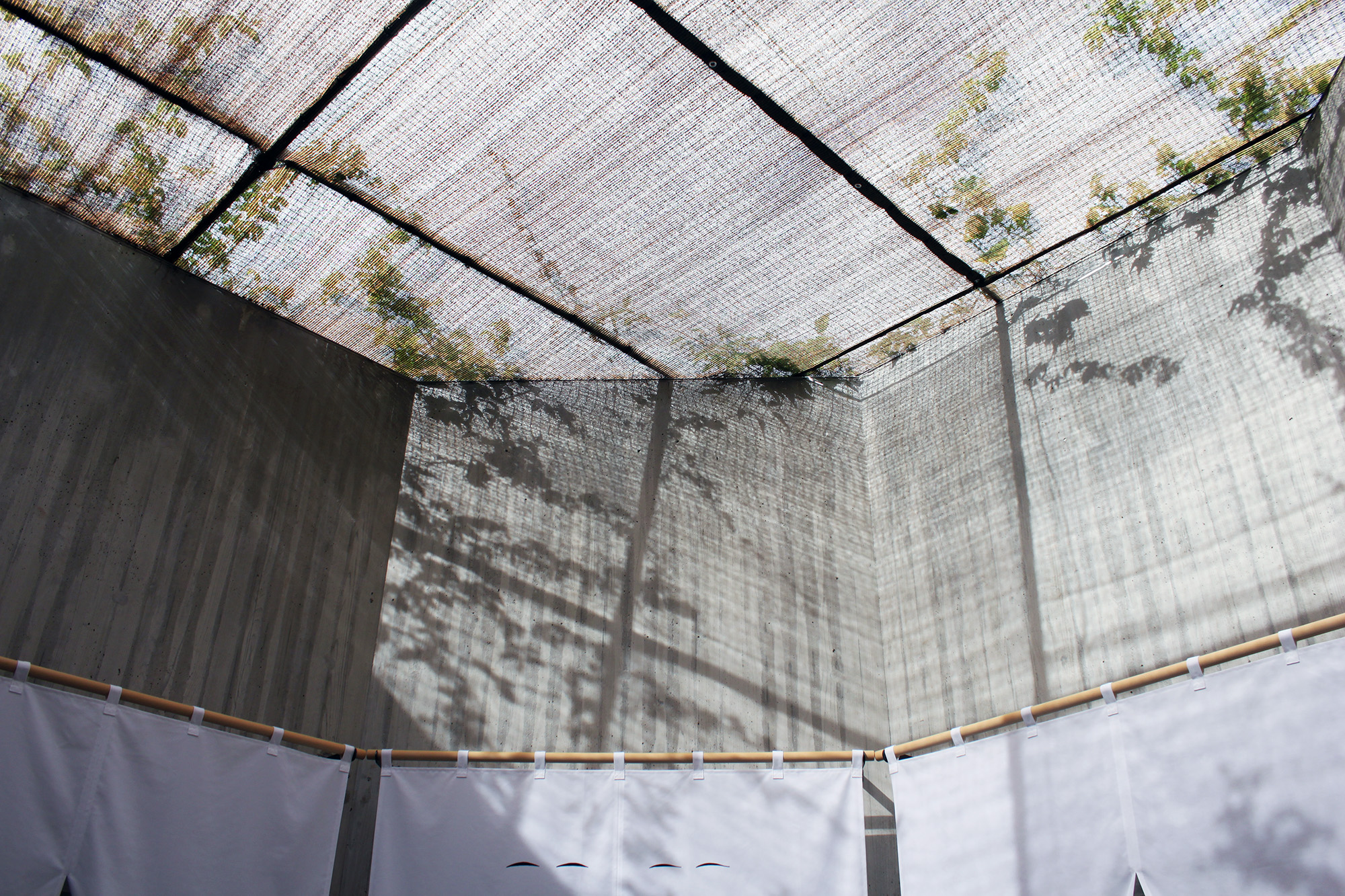
Exhibitionspace Aomori Museum of Art
In preparation for the project, COMPANY travelled around northern Japan in 2014 to identify products made with local craft methods and to get in touch with the craftsmen behind them. This research resulted in collaborations with various northern Japanese craftsmen.
One of the collaborations was with Kokeshi masters. Kokeshi dolls are handmade wooden dolls originally from northern Japan. Using the traditional craft, shapes, and the visual character of the dolls as a starting point, COMPANY developed four small pieces of furniture—Kokeshi stools—in collaboration with the Kokeshi masters.
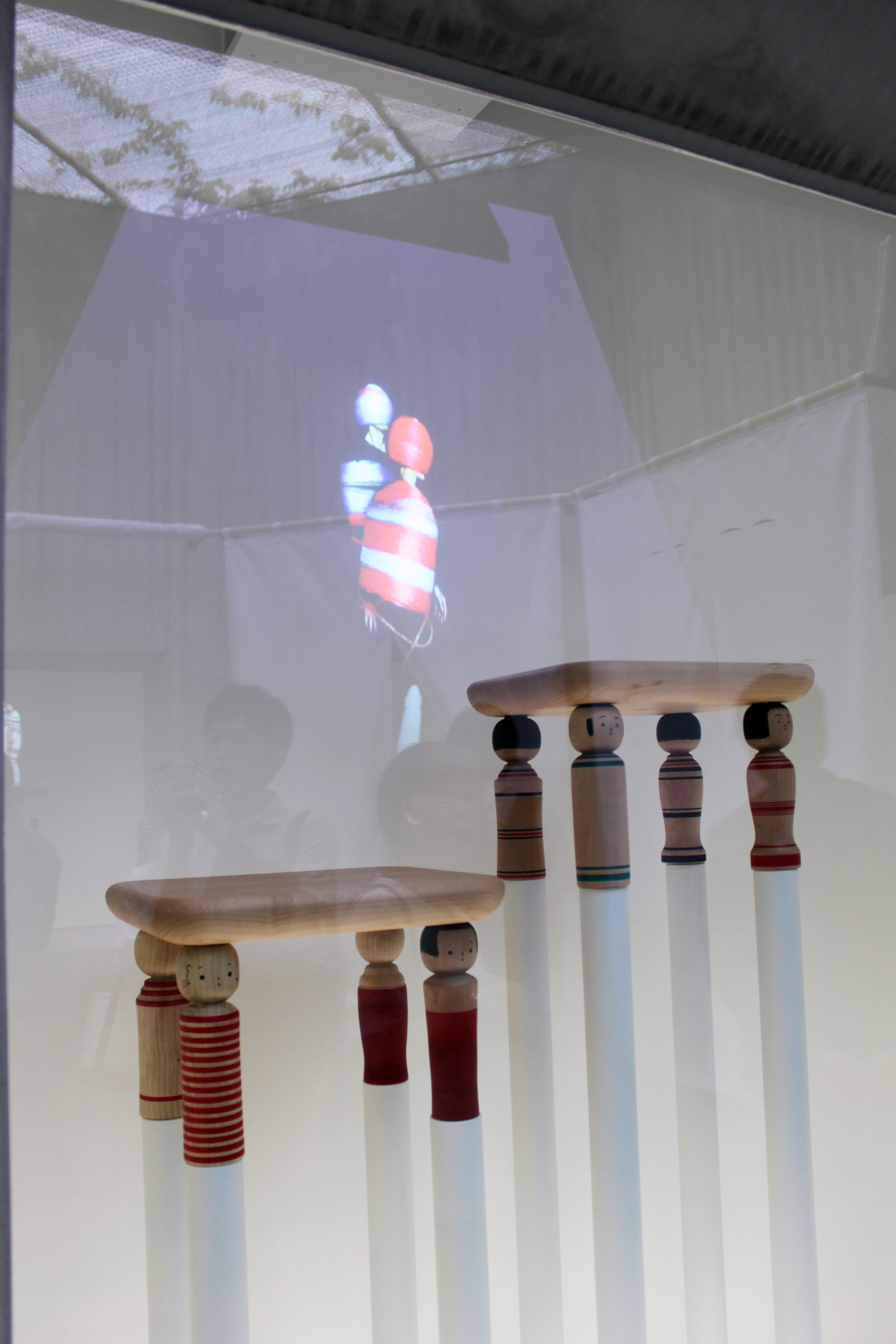
Kokeshi Stools – Spirit Video in the background
The exhibition also featured a textile collaboration. COMPANY developed a textile pattern called Kokeshi Kurume Kasuri. The inspiration was found again in the Kokeshi dolls but used the characteristic faces of the dolls in a repeating pattern. The textiles were developed using the Kurume Kasuri technique and dyed with indigo.
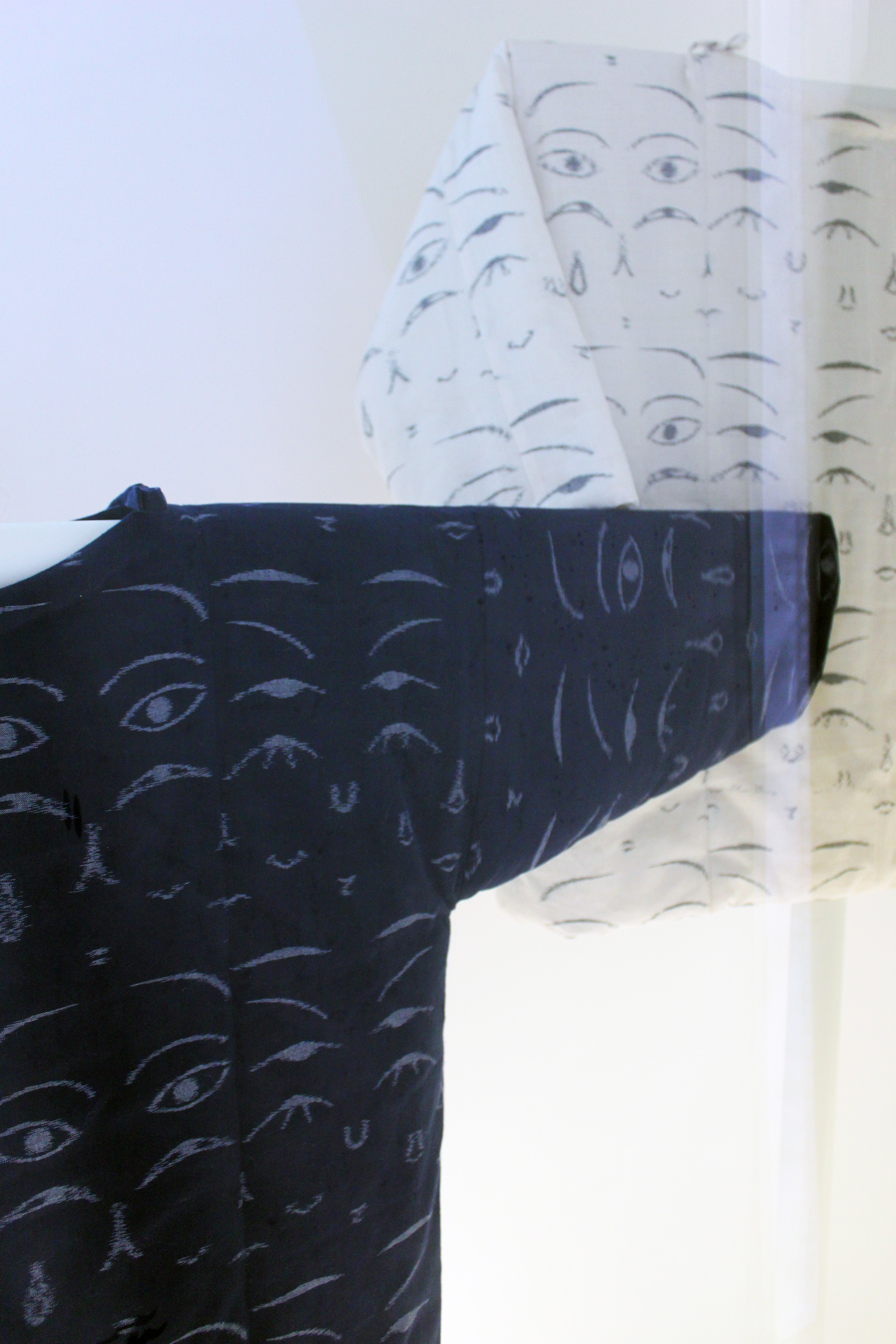
Kokeshi Kurume Kasuri
Spirits
At an artist talk at the Aomori Museum of Art, Aamu Song and Johan Olin explained the emphasis on the spirits of the handmade products, which were distinct in the Secrets of Northern Japan collection compared to the other Secrets of. . . . projects. In Secrets of Northern Japan, COMPANY worked not only from a practical approach to the craft but also with the spirit of the makers in mind.
COMPANY named the spirits for each product, e.g., “the Kokeshi Company Spirit” and “the Tsugary Nuri Spirit.” In a talk, COMPANY underlined how each handmade product carries the spirit of its maker with it. Contrary to two products produced by machines, two handmade products are never exactly the same. Through the care and dedication that the craftsmen put into each product and the decisions they make in the production of each product, the craftsmen add their spirit. Additionally, COMPANY also brought up how the user of the objects adds his or her spirit to the product.
I can relate to COMPANY’S thoughts about the spirit of the handmade products. Hearing the talk made me reflect about my own work with craftsmen. It is the uniqueness of each hand-woven textile that I appreciate. Even if you have the correct textile quality from different hand weavers, each weaver has a different weaving style, which makes the textiles unique and adds character.
Regarding the spirit the owner adds to the product, it made me think about the textiles I purchase second-hand and the ones I have inherited from my grandparents. What makes them special? When I purchase handmade textiles second-hand, the techniques, materials and patterns of the past, but also the fact that they carry the marks of everyday use, draw me. In some places they are worn, and in other places there are in need of minor repair. In that way, they carry the spirit of their previous owner and maybe even revive memories. I add my spirit now by using them and taking care of them.
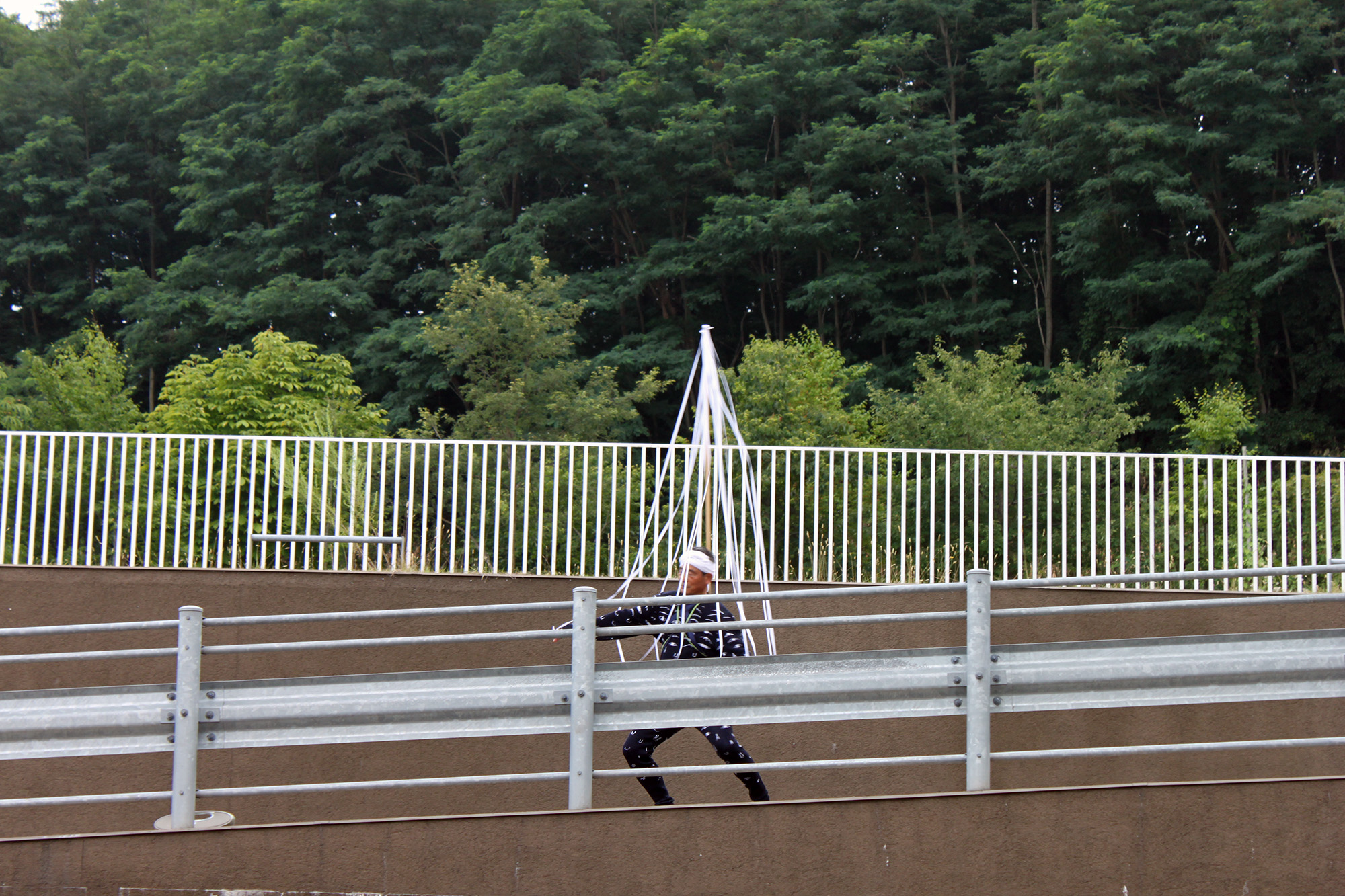
Spirit dancer entering the museum
The additional focus on the spirits was emphasized in the exhibition through videos played behind every exhibited object. The films showed the personified spirits. Actors and the COMPANY itself were in these videos wearing costumes created for each product spirit.
The traditional handmade product from a new perspective
COMPANY develops their designs in the Secret of… projects by developing the existing products of the craftsmen and fusing these products with their own style. They create contemporary design products that, in my opinion, renew the idea of what a traditionally-produced handmade product can be.
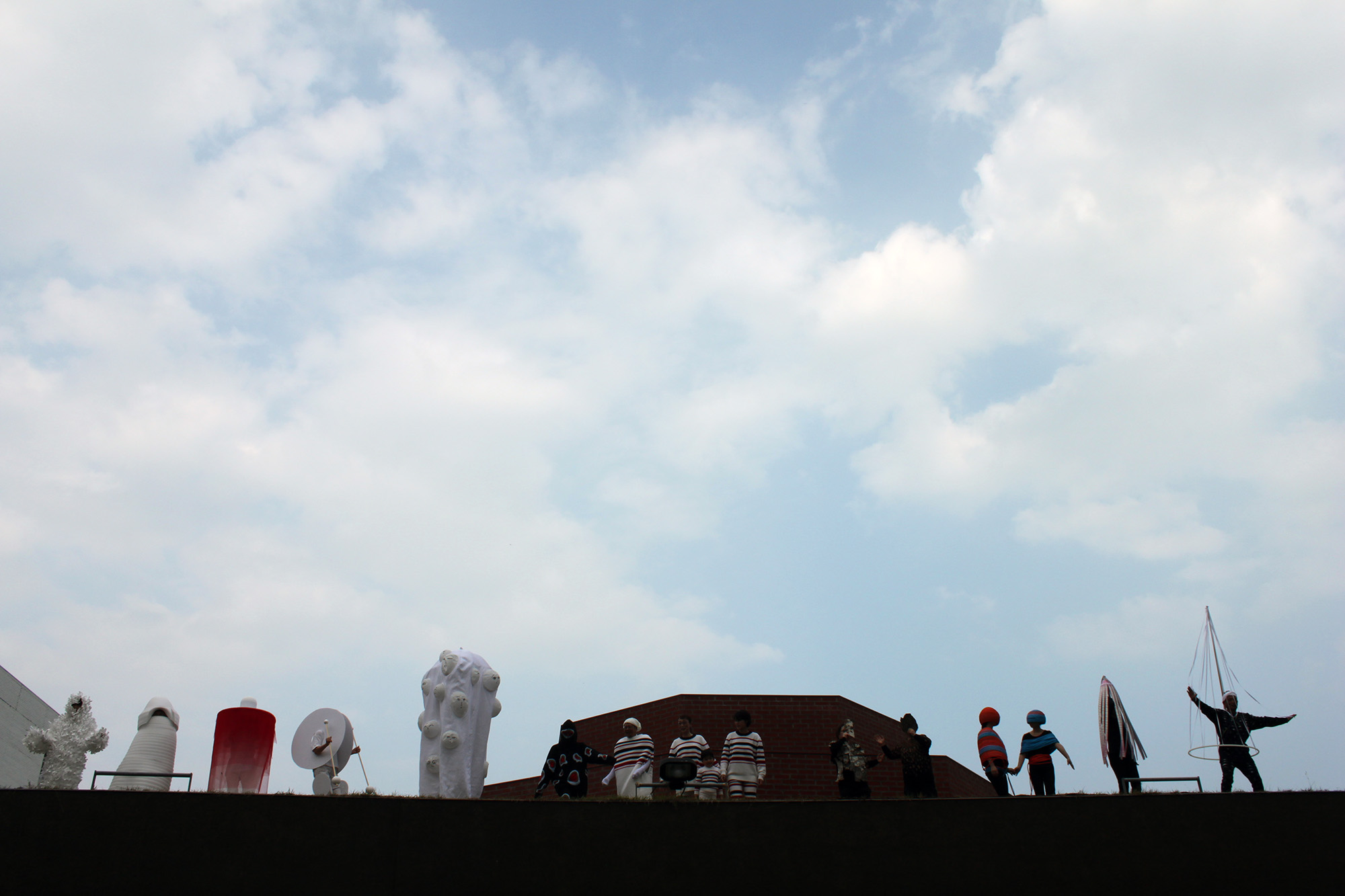
Dancers in spirit costumes on the roof

